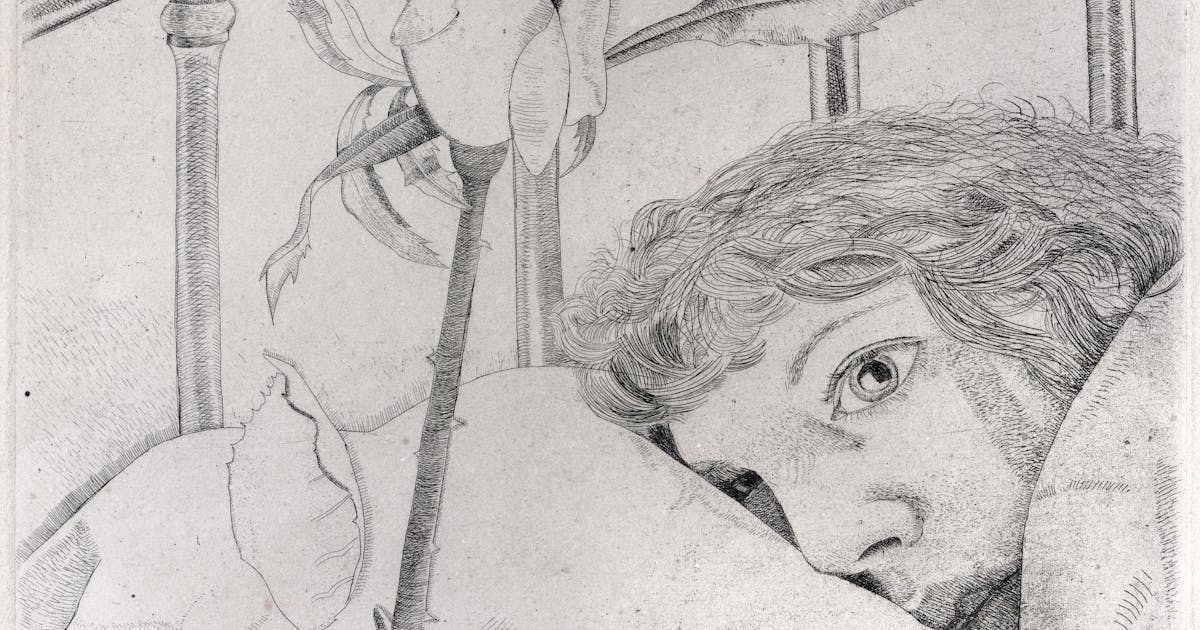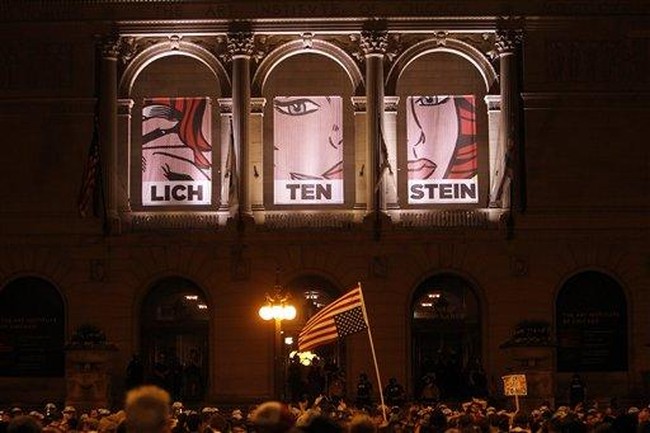Already by the second century, hypochondria was a disease defined by a combination of physical symptoms and a mental propensity toward depression and anxiety. That hypochondria, hysteria, and nervous disorders were, at different points in history, all terms for essentially the same thing, tells us some-thing about our feelings on the mysteries of the body—and that the most opaque mysteries (those of the abdomen, the uterus, and the mind, respectively) tend to be perceived as the most threatening.
A Body Made of Glass details how hypochondria became a vessel that contained the fears and preoccupations of different milieus. Hypochondria shifts shape, from the French King Charles VI, who in the fourteenth century believed himself made entirely of glass, to John Donne, whose poetry dwelled on the possibility that illness “demolishes all,” to Molière, who likely had undiagnosed tuberculosis and often ridiculed in his comedies the doctors who failed to cure him. Immanuel Kant, a self-described hypochondriac, embodied the Enlightenment’s total devotion to reason in his belief that the ailment was a symptom of the mind’s inability to master the body; his response was to devote himself to a rigorous regimen of exercise, work, and diet that would subvert the weakness of the body to the superiority of the mind. Charles Darwin, who suffered his whole life from physical ailments that doctors were never able to explain (it was likely lactose intolerance), developed similarly strict habits to fend off “paralyzing fear of the unknown,” Crampton writes. Marcel Proust experienced allergies and asthma so severe that he adopted elaborate procedures to shield himself from irritants, forgoing heat in his rooms (smoke from fires triggered attacks) and eating little (he feared the effect of cooking smells). His father, an epidemiologist, believed his asthma was a form of hysteria or nervous disorder. (Given hypochondria’s association with hysteria, I was pleased that Crampton selected so many men as her historical examples; then again, they were the people most likely to leave a written record of their maladies.) In all cases, personality became distorted in response to symptoms and the fear they precipitated: Proust’s “life gradually shrank to his own four walls and then to his bed”; in Darwin’s case, “a routine meant to prevent the attacks that interfere with life becomes the stuff of life itself.”
Crampton seeks out these stories to identify “fellow travelers,” as she puts it, but in each of these examples, how was the notion of hypochondria helpful to the sufferer? Some dwelled on illness because it had indeed shattered their lives (Donne lost his father, three sisters, a brother, a stepfather, four children, and his wife in untimely fashion), and expressing fear of illness gave voice to a defining part of his life, while others, like Molière, who engaged medical professionals to no avail, may have dramatized the experience to balance his anxiety with levity. Others, like Kant, used the term to regain a sense of control over the body. Later, Freud’s preoccupation with the unconscious mind established the idea that health problems were either physical or mental, but that one could indeed influence the other. Hypochondria, in these instances, is not pure pathology but serves a purpose: It expresses our fundamental mortality, or a theory of mind or body.


